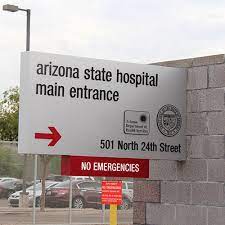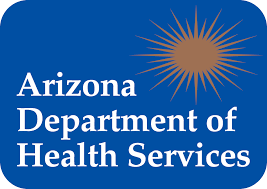Plans to Use the Funds Underway in Some Counties: Little Action at the State Level
Arizona Attorney General Mayes announced this week that Arizona will be getting an added $380 million from a national opioid settlement with drug makers Teva and Allergan, as well as CVS and Walgreens pharmacies. This is on top of the $542M AZ is set to receive over the next 18 years to combat the ongoing opioid epidemic.
This new money ($380M) will arrive over the next 15 years, with $213 million going to local governments and $167 million dedicated to the state level. The tap on the new money is supposed to turn by the end of 2023. The new bolus brings Arizona’s share of money to about $1 billion.
Because the new settlement is so fresh, there’s not much detail about how and when that will be disbursed. However, the earlier settlement ($542M) is going out to all the 90 AZ cities and towns and all 15 counties who signed on to a framework called the One Arizona Memorandum of Understanding (One Arizona Plan).
The One Arizona Plan provides funding for programs to address and ameliorate opioid abuse, and includes reporting requirements for greater transparency of how money is used:
- 56% of the first settlement is going to local governments for opioid mitigation programs.
- 44% of the total settlement goes to a State for yet to be determined interventions.
- Funds must be spent following approved, nationally recognized strategies to pay for future costs incurred by the State and local governments to address the opioid epidemic.
The state opioid funds went to the Attorney General’s Office and neither AHCCCS nor ADHS have received any of the funds. The Attorney General’s Office has suggested legislative appropriation is necessary to spend the state portion of the funds.
The funds are in some ways restricted in that they are supposed to go directly to relief and resources related to opioids, including to diversion programs to prevent people from going to prison for an addiction or substance-use disorder. Arizona is one of 15 states who’ve agreed to make settlement expenditures public: https://www.
There still isn’t a lot of granularity about how the state and local jurisdictions intend to invest the funds… but county staff is certainly undergoing planning to make sure that they wisely use the funds. A priority for Pima County is to make sure they get input from the community before making decisions- always a good idea.
County health departments apparently don’t need appropriation authority from the legislature and are well into their planning. Here’s a link to what Maricopa has going: Opioid Settlement Planning | Maricopa County, AZ. Pima County has already begun to spend some of their funds, with their Board of Supervisors allocating $180,000 for the immediate purchase and distribution of Narcan (this is a very small portion of what Pima is allocated so you can think of this as an initial down payment on interventions): Opioid mitigation efforts underway in Pima County – AZPM. Next fiscal year, the health department plans to hire staff to oversee community outreach efforts addressing mental health and substance misuse throughout the county.
Arizona Opioid Settlement | Arizona Attorney General (azag.gov)



